
the first ever pocket watch
Discover the fascinating history of the first pocket watch, invented by Peter Henlein in the 16th century, and trace its evolution into the iconic timepiece we know today.

The Creation of the First Pocket Watch
From Nuremberg Egg to Iconic Timepiece
Before the 16th century, the idea of carrying time in your pocket—or on your person at all—was unthinkable. Timekeeping was public and static, managed by large tower clocks in town squares or monastery bells. That all changed thanks to a German locksmith and clockmaker named Peter Henlein. Around 1510, he created what is widely regarded as the first portable timepiece: the pocket watch.
This invention, known as the “Nuremberg egg,” marked a radical shift in the way people related to time. It allowed individuals, for the first time, to own and control their own measurement of hours. Though primitive by modern standards, this device introduced an entirely new way of structuring daily life and laid the foundation for centuries of innovation in horology.

Peter Henlein: Locksmith Turned Timekeeping Pioneer
Peter Henlein, a Nuremberg-based craftsman, is widely credited with inventing the first true pocket watch. Henlein was born in Nuremberg, Germany, a city renowned for its skilled metalworkers and clockmakers. As a trained locksmith, Henlein possessed the mechanical knowledge and fine craftsmanship required to tackle the complex challenge of miniaturizing a clock. Around 1510, he accomplished just that by creating a spring-driven mechanism that could run without the hanging weights used in traditional clocks.


This mechanism was housed in a rounded brass case, which would become known as the “Nuremberg egg.” Its egg shape wasn’t necessarily by design, it was the result of packing rudimentary components into a manageable form. Though not worn in the pocket as we understand today, the watch could be carried or worn on a chain, making it one of the first truly personal timekeeping devices.
Features and Limitations of the Nuremberg Egg
Henlein’s early pocket watches were innovative, but far from precise. They usually measured around 3 inches in diameter and had only an hour hand. There was no minute hand, no glass covering, and certainly no accuracy to speak of—these watches could be off by hours within a single day. Still, their novelty and symbolism far outweighed their flaws.
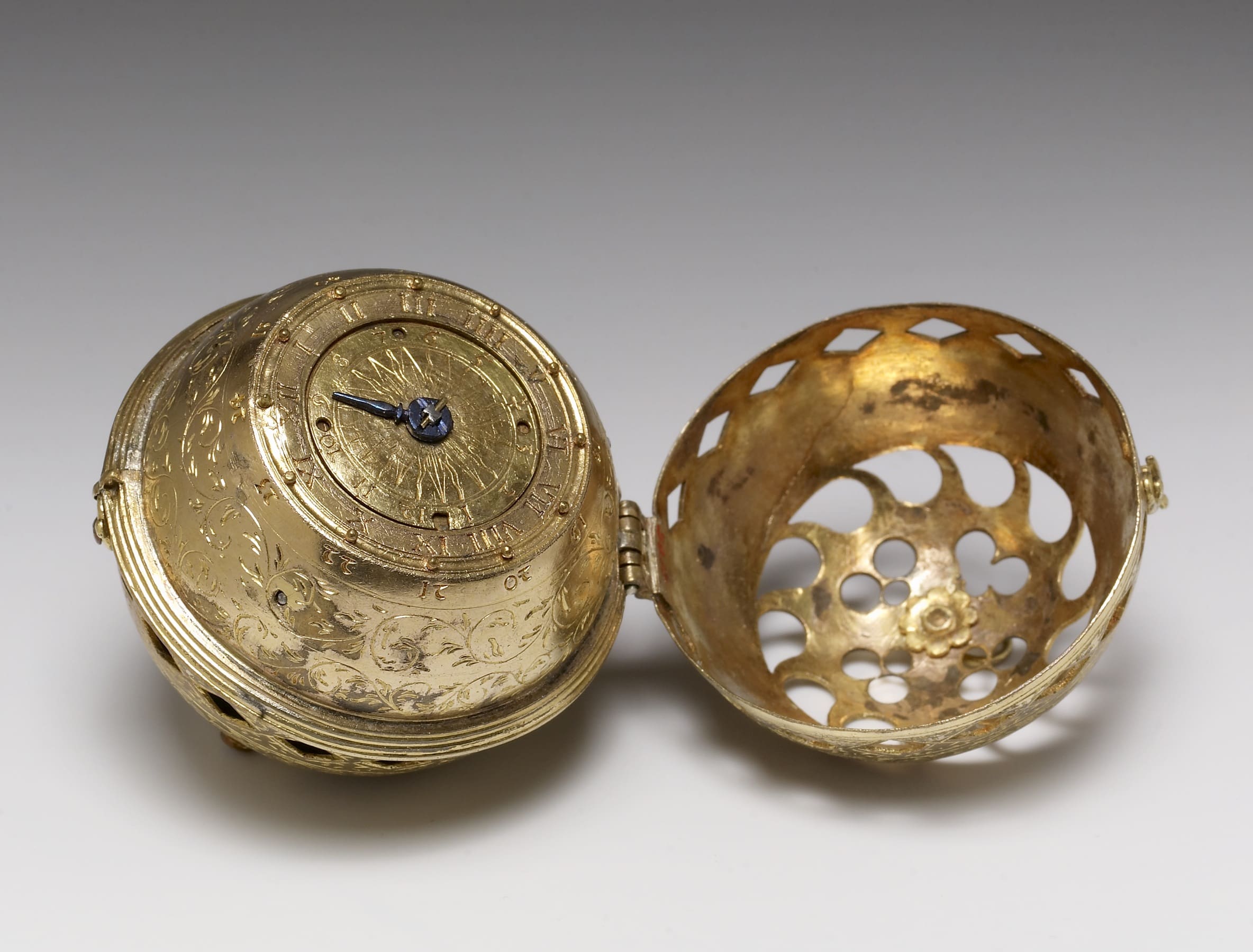
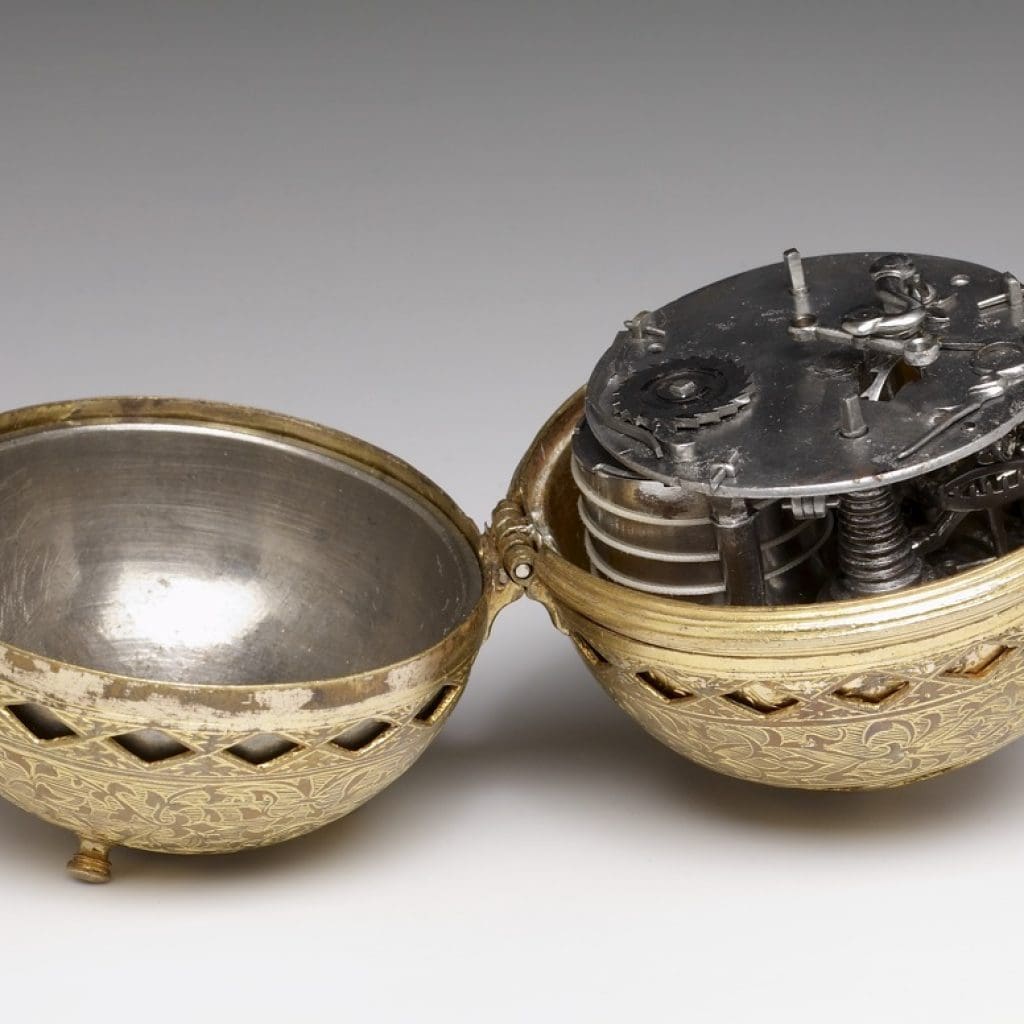
Made from iron or brass and often ornately decorated, these watches became prized possessions for nobles and wealthy merchants. The fact that a person could own a mechanical object that marked the passage of time—even imperfectly—was revolutionary. It introduced the idea that time could be personal, portable, and increasingly valuable in social and economic life.
Cultural Impact and Symbolism
The significance of the first pocket watch was more cultural than practical. It represented a move toward individual responsibility for time, foreshadowing the modern emphasis on punctuality, productivity, and scheduling. For elites who owned them, these timepieces were also status symbols—proof of their education, wealth, and access to the cutting edge of technology.
As cities grew and commerce expanded during the Renaissance, the ability to measure time privately rather than communally became more meaningful. Henlein’s invention helped reshape social norms around timekeeping and paved the way for further innovations in the design and utility of watches.

From Experiment to Everyday Tool
Following Henlein’s success, other European craftsmen began producing similar spring-driven watches throughout the 16th and 17th centuries. While still luxury items, these watches gradually improved in design and accuracy. The introduction of the fusee, better escapements, and eventually jeweled movements helped refine the art and science of horology.
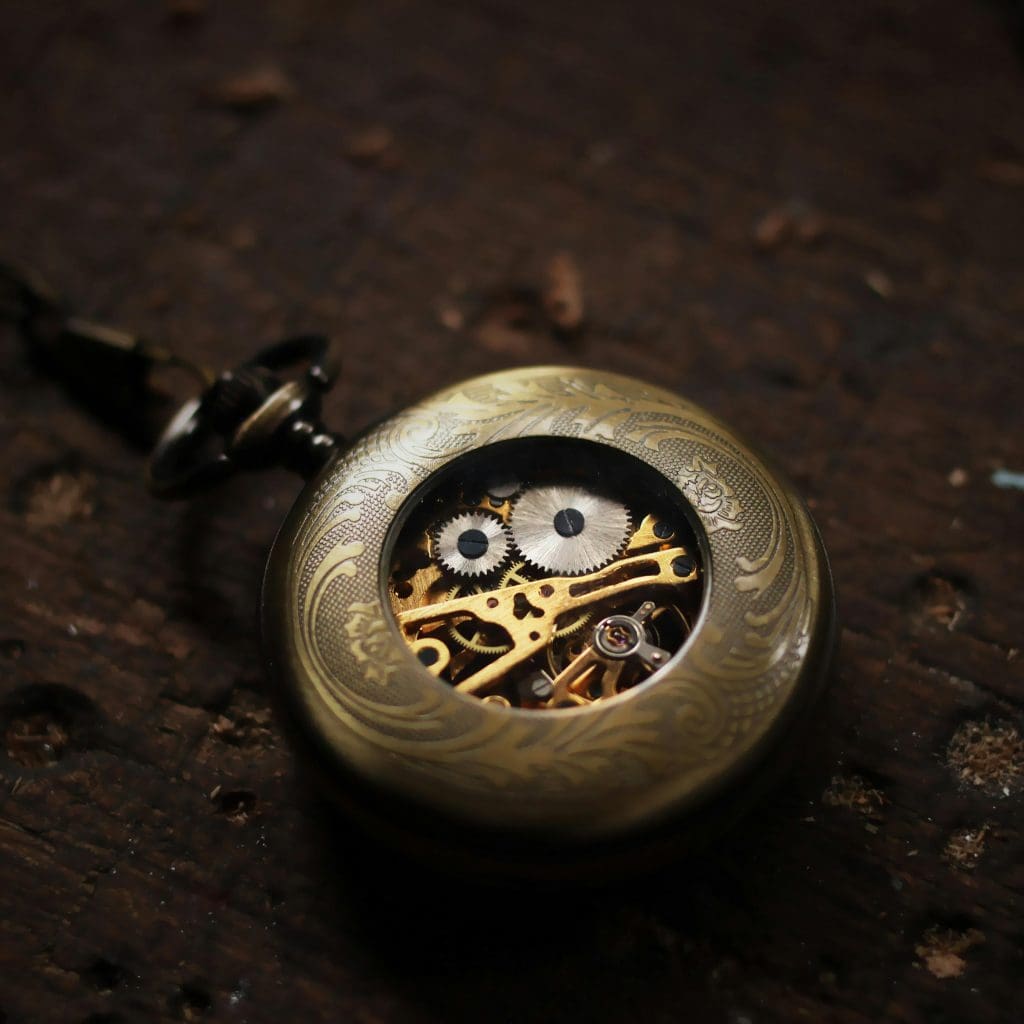
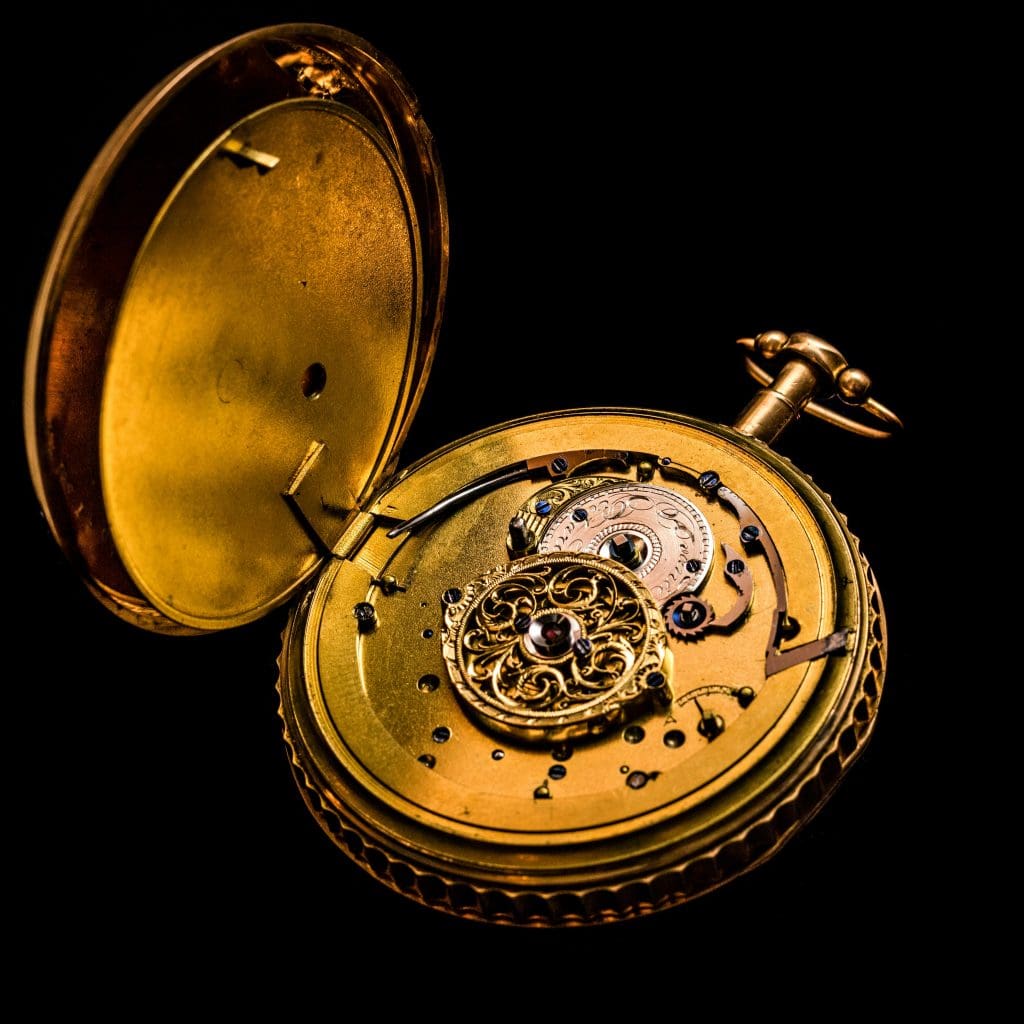
Over time, the pocket watch became flatter, smaller, and more practical. By the 18th and 19th centuries, pocket watches were mass-produced and widely used, especially after the rise of industrialization. The invention of the railroad watch, known for its reliability and accuracy, was a far cry from the clunky Nuremberg egg—but it owed its very existence to Henlein’s bold experiment.
Legacy and the Modern Pocket Watch
Though wristwatches have largely replaced pocket watches in everyday life, Henlein’s legacy lives on. Today, collectors and horology enthusiasts still admire Nuremberg eggs and early pocket watches for their historical and aesthetic value. Modern pocket watches often echo the elegance of their ancestors while incorporating 21st-century precision. The first pocket watch wasn’t just a mechanical invention, it was a turning point in human culture. It changed how people interacted with time, introduced personal timekeeping, and inspired generations of innovation. From a heavy brass egg in 16th-century Germany to sleek heirloom timepieces today, the pocket watch continues to tell a story that started with one man’s vision to make time portable.
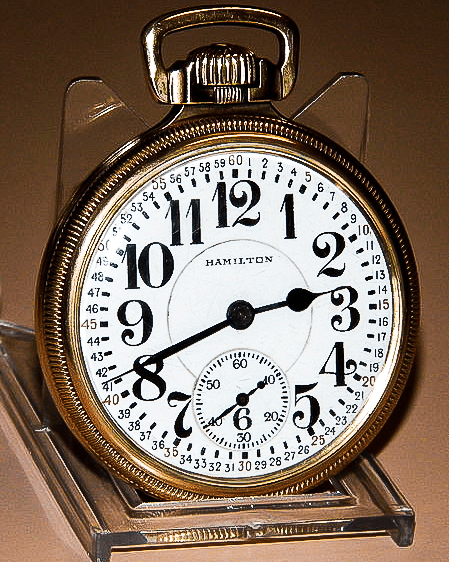
While You’re Still Here…
If you have a pocket watch that needs a repair, you can be sure to trust it to the hands of our Certified Watchmakers right here at My Jewelry Repair

Check Out the Magic of Our Watch Services!
Resources:
- The History of the Pocket Watch: https://frankenmuthclock.com/
- The Pocket Watch, it’s origins and everything you need to know: https://www.brelsen.com/
- ¹Statue of Peter Henlein: https://itoldya420.getarchive.net/
- ²Nuremberg Egg by The Walters Art Museum: https://art.thewalters.org/
- ³Nuremberg Egg with Hour Hand by The Walters Art Museum: https://art.thewalters.org/
- ⁴Open Nuremberg Egg by The Walters Art Museum: https://art.thewalters.org/
- ⁵Brass Nuremberg Egg via Wikimedia Commons: https://commons.wikimedia.org/
- Blog outline and revising assisted by AI resources such as Google Gemini.
